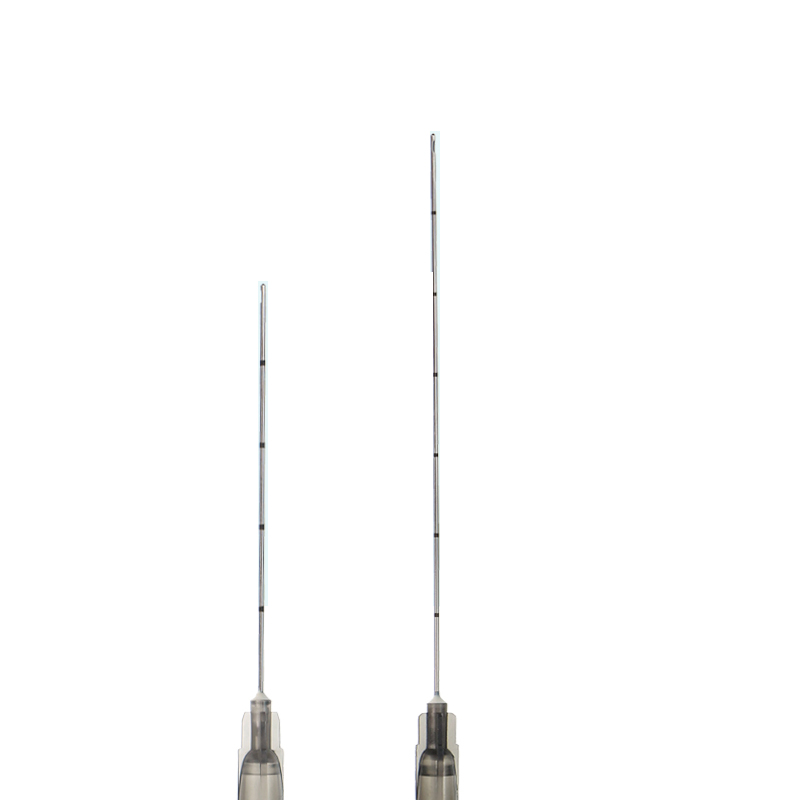Function:
A Metallic Intramedullary Nail is a medical device designed for the internal fixation of diaphyseal fractures of limbs. It provides stability and support to fractured bones, aiding in the proper healing and alignment of the fractured bone segments. The nail is inserted into the medullary canal of the bone, minimizing the need for extensive surgical incisions and reducing damage to surrounding soft tissue. This promotes a faster recovery and reduces the risk of infection and complications associated with traditional open surgeries.
Features:
Minimally Invasive: The primary feature of the metallic intramedullary nail is its minimally invasive nature. The nail is inserted into the medullary canal through a small incision, resulting in a smaller wound surface compared to traditional open surgeries.
Soft Tissue Preservation: The nail's design reduces the extent of damage to the surrounding soft tissue, muscles, and blood vessels, leading to reduced post-operative pain, swelling, and tissue trauma.
Various Designs: The product comes in different designs such as elastic intramedullary needles, hook needles, triangle needles, sliding intramedullary needles, and primary-secondary needles. This variety allows orthopedic surgeons to choose the most suitable design for specific fracture patterns and patient needs.
Stability: The intramedullary nail provides stable fixation of fractured bone segments, promoting proper alignment for optimal bone healing.
Biocompatible Material: Metallic intramedullary nails are made from biocompatible materials such as stainless steel or titanium, minimizing the risk of adverse reactions and promoting bone integration.
Reduction of Infection Risk: Minimally invasive procedures generally have a lower risk of infection compared to open surgeries due to the smaller incision size and reduced exposure to external contaminants.
Faster Recovery: The reduced tissue trauma and smaller incision result in faster recovery times, allowing patients to regain mobility and function sooner.
Cosmetic Benefits: The smaller incision and reduced scarring contribute to improved cosmetic outcomes, particularly important for fractures in visible areas.
Advantages:
Less Invasive: The primary advantage is the minimally invasive approach, which reduces trauma to surrounding tissues, leads to smaller scars, and speeds up recovery.
Faster Healing: The stable fixation provided by the nail promotes proper bone alignment, facilitating faster healing and restoration of bone strength.
Reduced Pain and Discomfort: With minimal soft tissue damage, patients often experience less pain, discomfort, and swelling post-surgery.
Lower Infection Risk: The smaller incision and reduced exposure to external contaminants contribute to a lower risk of surgical site infections.
Early Mobilization: Patients can start mobilizing earlier compared to open surgeries, contributing to faster rehabilitation and functional recovery.
Customization: The availability of different nail designs allows orthopedic surgeons to choose the most suitable option for specific fractures and patient conditions.
Less Blood Loss: Minimally invasive procedures generally result in reduced blood loss during surgery.
Patient Satisfaction: Patients often appreciate the smaller scars and faster recovery associated with minimally invasive procedures.



